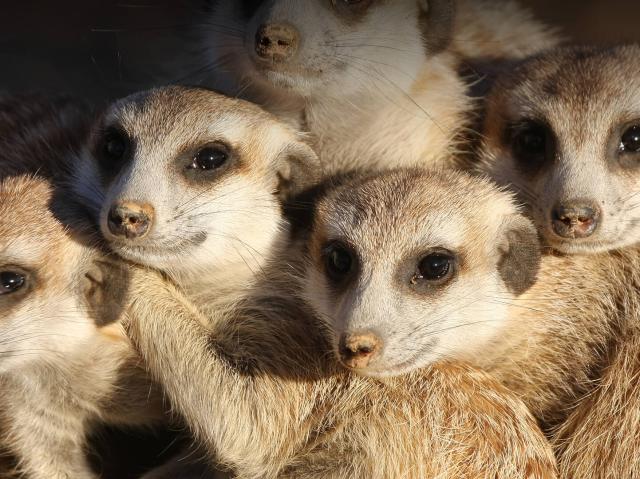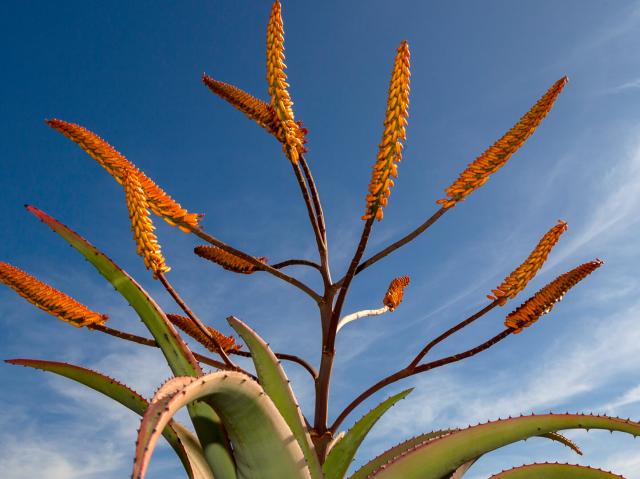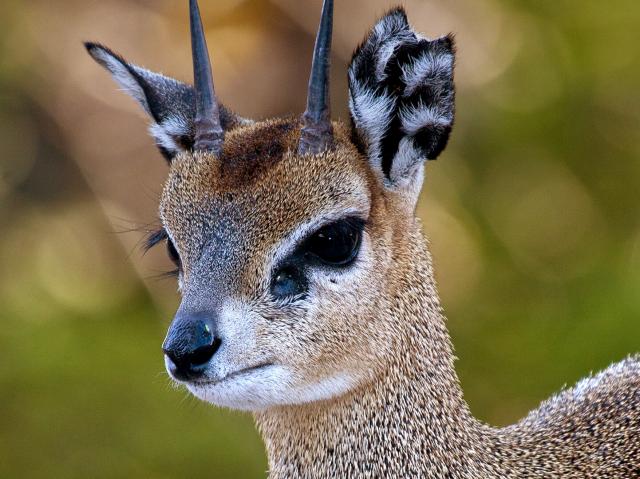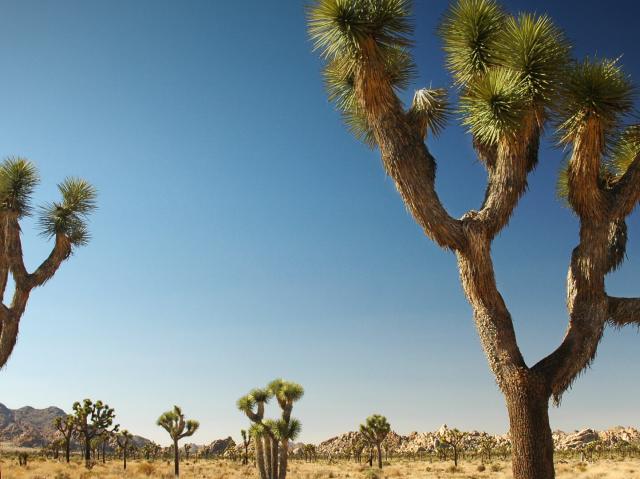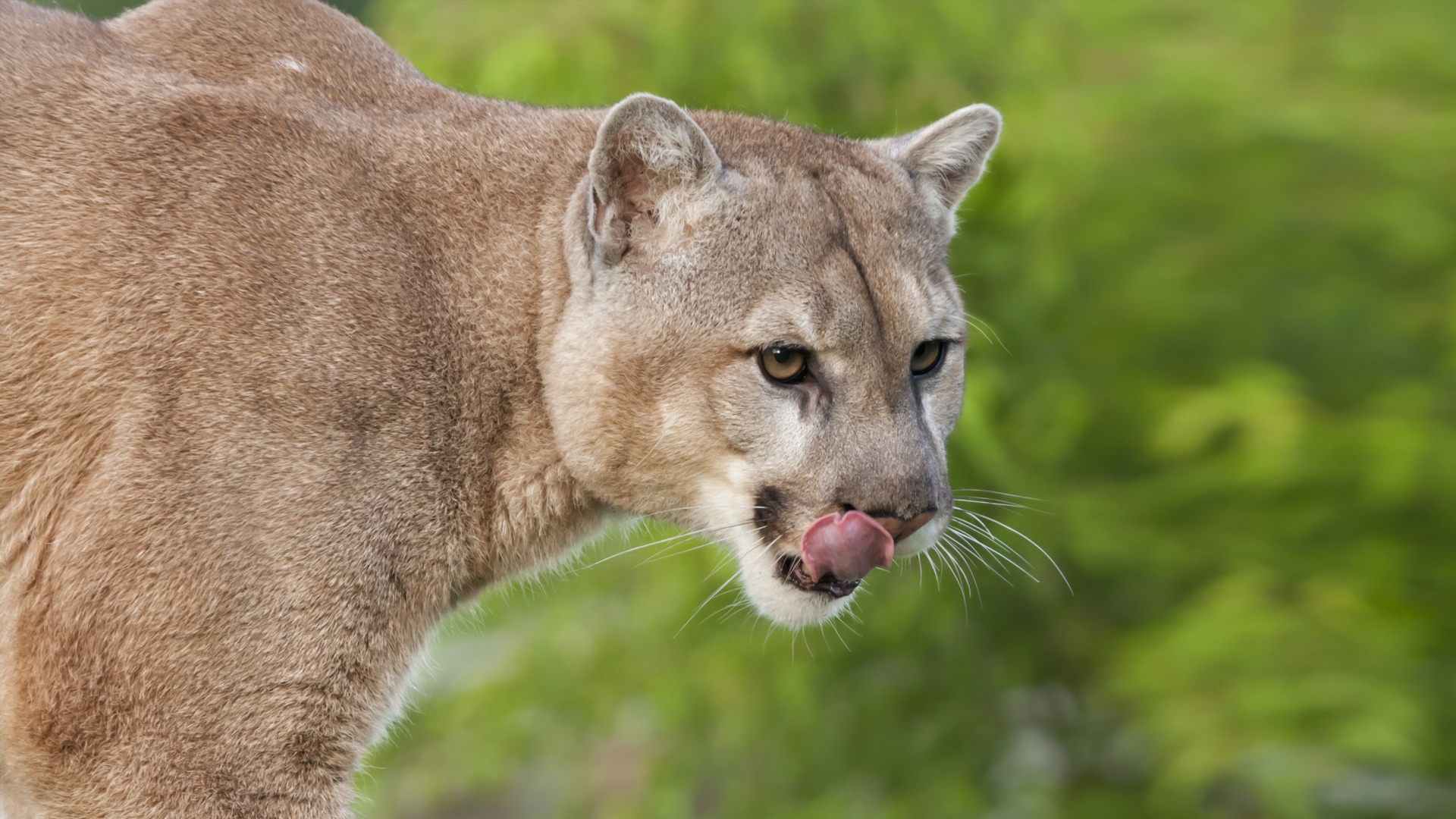
Mountain Lion (Puma, Cougar)

- CLASS: Mammalia (Mammals)
- ORDER: Carnivora
- FAMILY: Felidae
- GENUS: Puma
- SPECIES: concolor

ABOUT
What's in a name? Mountain lion, puma, cougar, panther—these cats are known by more names than just about any other mammal! But no matter what you call them, they're still the same cat, Puma concolor, the largest of the "small cats." So why do we call them so many different names? Mostly because they have such a large range, and people from different countries have called them different things.
Early Spanish explorers of North and South America called them leon (lion) and gato monte (cat of the mountain), from which we get the name "mountain lion." “Puma” is the name the Incas gave these cats in their language. “Cougar” seems to have come from an old South American Indian word, cuguacuarana, which was shortened to "cuguar" and then spelled differently. And “panther” is a general term for cats that have solid-colored coats, so it was used for black pumas as well as black jaguars and black leopards. All of these names are considered correct, but in Southern California we most commonly call them mountain lions.
You may have heard of Florida panthers. They are a subspecies of mountain lion that used to be found from Texas throughout the southeast but now only live in southern Florida’s swamps. They are Endangered, with only about 200 cats left, and conservation efforts are underway to save them.
Mountain lions are generally a solid tawny color, with slightly darker hair on their back and a whitish underside. Those living in warm, humid areas tend to be a darker, reddish-brown color, and mountain lions found in colder climates have thicker, longer hair that is almost silver-gray in color. Adult males weigh 40 to 60 percent more than adult females. Scientists classify mountain lions as small cats, as they do not roar, but purr like smaller cats do. Their slender bodies and calm demeanor are more like that of a cheetah; both cats would rather flee than fight, and both rarely confront people.
HABITAT AND DIET
Besides people, mountain lions have the largest range of any terrestrial mammal in the Western hemisphere, from northern British Columbia to Argentina. They live in a variety of habitats, at home in forests, prairies, deserts, and swamps—they are very adaptable cats! Mountain lions are solitary, except during breeding or when a mother is caring for her cubs. But that doesn’t mean they don’t have any contact with one another.
Mountain lions live in home ranges that vary in size from 30 to 125 square miles (7,770 to 32,375 hectares). These ranges overlap, so cats share some parts. The home range of males tends to be largest and overlap the smaller ranges of several females. Mountain lions find shelter to rest or escape from bad weather in thick brush, rocky crevices, or caves, which might be anywhere in their home range.
Although cats may see each other occasionally, they mostly leave "messages," with feces, urine, scratched logs, or marks they scrape out in the dirt or snow. Mountain lions can also growl, hiss, mew, yowl, squeak, spit, and purr to get their message across to other cats, and they are known for a short, high-pitched scream and a whistle-like call.
Mountain lions are powerfully built, with large paws and sharp claws. Their hind legs are larger and more muscular than their front legs, which gives them great jumping power. They can run fast and have a flexible spine like a cheetah’s to help them maneuver around obstacles and change direction quickly.
Even so, mountain lions are mostly ambush hunters, launching at prey to knock it off balance. They have especially keen eyesight, and they usually find prey by seeing it move. These cats may be on the prowl during the day or at night, but they are most active at dusk and dawn.
Mountain lions hunt over a large area, and it can take a week for one to travel all the way around its home range. They eat a variety of prey depending on where they live, including deer, pigs, capybaras, raccoons, armadillos, hares, and squirrels. Some larger cats even bring down prey as big as an elk or a moose. But hunting large prey brings risk, and many mountain lions suffer life-threatening injuries received from a hunt, especially from a prey’s sharp horns, antlers, or hooves. Mountain lions often bury part of their kill to save for a later meal, hiding the food with leaves, grass, dirt, or even snow, depending on the habitat and time of year.
FAMILY LIFE
A female ready to breed alerts any males in the area by calling and rubbing her scent on rocks and trees. A male may stay with a female for several days before looking for his next mate. An expectant mother sets up a den where she gives birth to one to six cubs. The newborns have spots, which may help them blend in with grass, brush, and dappled sunlight. Their mother nurses them for three months or so, but they can eat meat at about six weeks of age. At six months old, their spots begin to fade, and they learn to hunt. They continue to live with their mother until they're 12 to 18 months old.
CONSERVATION
As more people have moved into mountain lion territory, the number of encounters with them has increased. This is often "big news" and frightens people. But overall, meeting a mountain lion is an unlikely event. Mountain lions don’t want to confront people, and they do their best to avoid us. You can avoid them, too, by not hiking alone, or at dusk and dawn when mountain lions are hunting. Make noise as you hike, and don’t leave food out around a cabin or campsite, especially at night. If you do happen across a mountain lion, never approach it—always keep a respectful distance.
When Europeans first settled in North America, mountain lions lived from coast to coast. But they soon came to be viewed as threats to livestock. By the 1940s, many states, including California, placed a bounty on mountain lions. Due in major part to the bounty system, mountain lions are now confined to the West, except for a small population in Florida. Some people continue to hunt them despite legal protections.
Mountain lions have an essential role to play in our ecosystem. They are one of the top predators, and without them, populations of deer and herbivores would become unhealthy and too large for the habitat. It’s true that mountain lions can be dangerous, and coexistence challenges should be reported to state or local wildlife organizations. But people like to live and play in or near natural habitats, so we need to understand and respect the wildlife that live there. If we take responsibility for our own actions, pets, livestock, and property, we can learn to peacefully coexist with mountain lions and appreciate their power and grace.
While globally mountain lion populations are stable, they still face threats like habitat loss and fragmentation, poaching of their prey, and retaliatory hunting. In California, mountain lions are classified as a specially protected mammal.
By joining San Diego Zoo Wildlife Alliance as an ally for wildlife, you help save species worldwide.
Sounds
LIFE SPAN
On average, 14 years for males and 16 years for females
YOUNG
Gestation: 3 months
Number of young at birth: 1 to 6; usually 3 or 4
Weight at birth: 8 to 15 ounces (227 to 425 grams)
Age of maturity: 2 to 3 years
SIZE
Length: 2.8 to 5 feet (86 to 155 centimeters)
Weight: Females weigh 75 to 105 pounds (34 to 48 kilograms); males weigh 116 to 158 pounds (53 to 72 kilograms)
Tail length: 2 to 3 feet (60 to 97 centimeters)
FUN FACTS
Mountain lions can jump 18 feet (5.5 meters) from the ground into a tree, and they have been known to jump 20 feet (6.1 meters) up or down a hillside. That’s the height of many two-story buildings.
Mountain lions are good swimmers, but they don’t seem to like being wet.
Even though we hear it a lot in movies and on TV, mountain lions don’t make a "wild cat scream" very often. More common vocalizations are whistles, squeaks, growls, purrs, hisses, and yowls.
Some mountain lions eat porcupines—quills and all—apparently without harm to themselves.
Mountain lions are the stealthiest of cats, hunting prey two to three times their own size.
Except people, mountain lions have the largest range of any terrestrial mammal in the Western Hemisphere, from northern British Columbia to Argentina.



